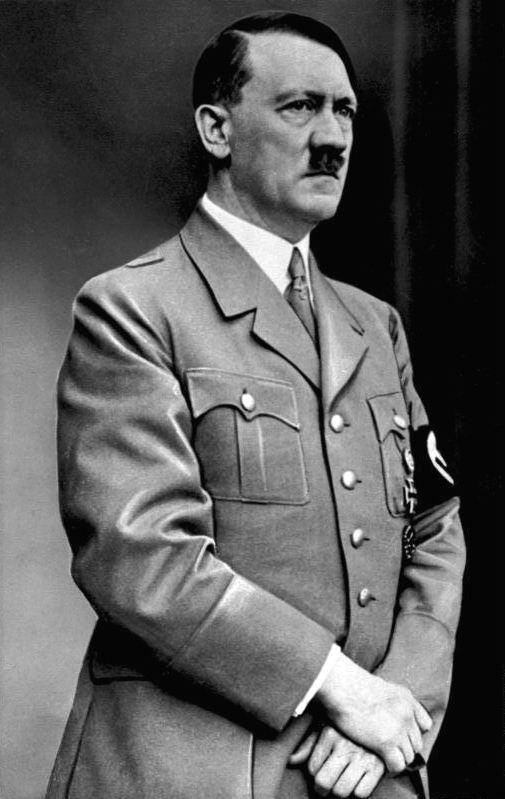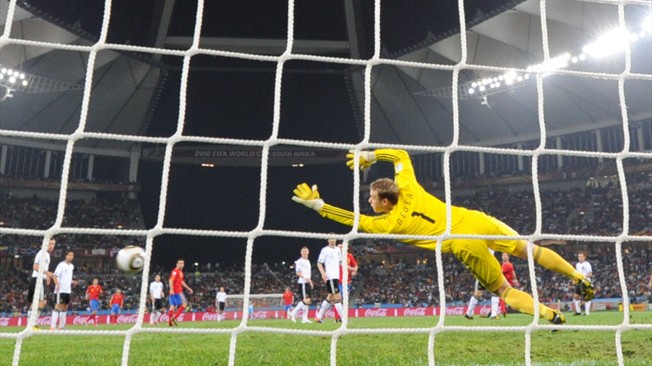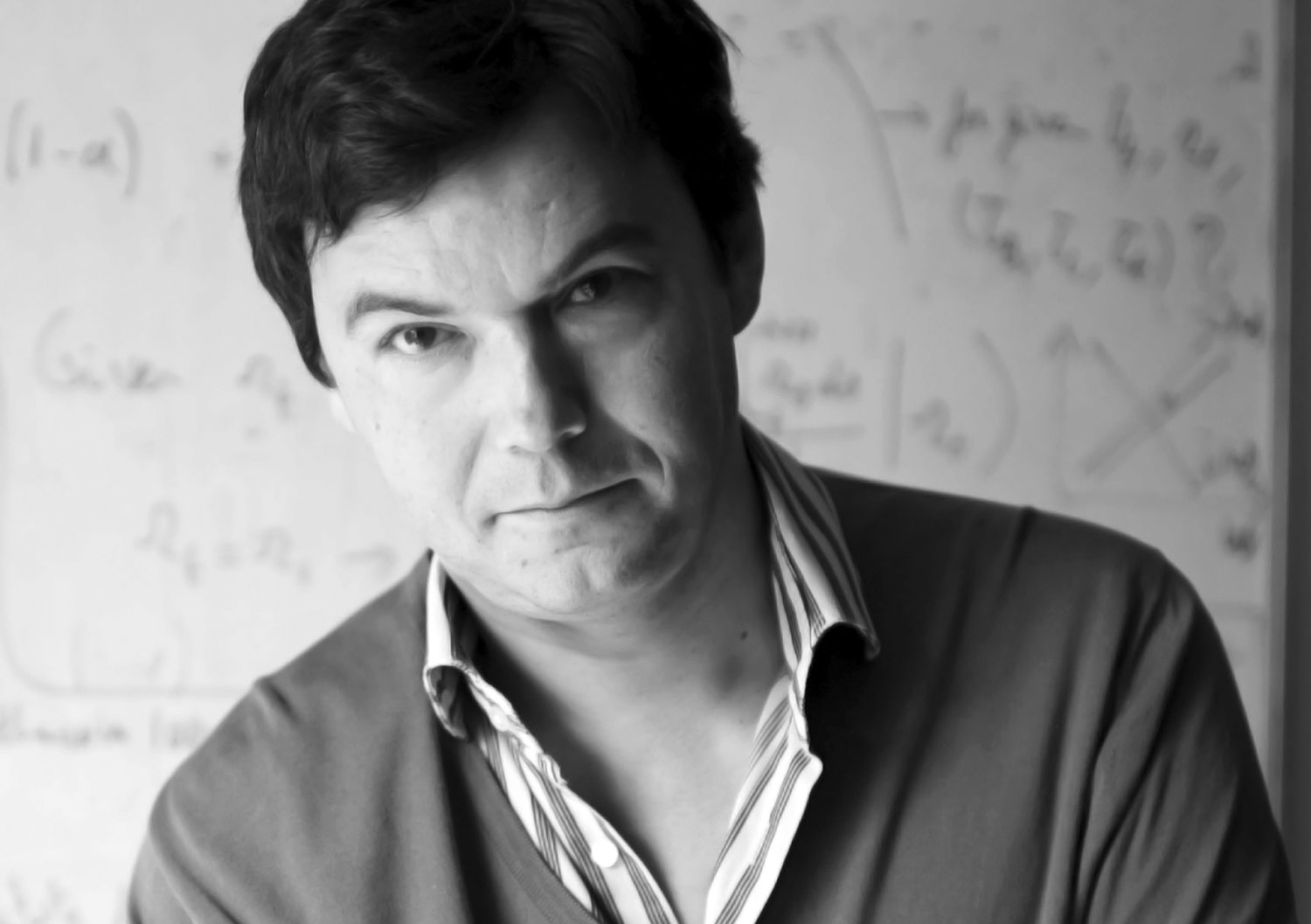In August 2014, the world marked the hundredth anniversary of the outbreak of the First World War. Over the years, a lot of analysis has happened on why the First World War happened. But what most historians do not talk about in their elaborate theories is that the War might have started just because a car happened to take a wrong turn.
At around 11 AM on June 28, 1914, a chauffeur of an automobile carrying two passengers in Sarajevo, happened to make a wrong turn. The car wasn’t supposed to make this turn and leave the main street. But due to the mistake of the chauffeur it ended up in a narrow lane and stopped right in front of a Gavrilo Princip, a 19-year-old student. But that wasn’t Princip’s only identity. He was also a member of the Serbian terrorist organization Black Hand.
Princip couldn’t believe his luck. He drew out his pistol and fired twice killing the two passengers in the car. Princip had recognized them and gone ahead and pulled the trigger. They were Archduke Franz Ferdinand and his wife Sophie of the Austro-Hungarian Empire. Earlier in the day, Princip and his friends who “wanted to promote the cause of a greater Serbia,” had unsuccessfully tried toassassinate Archduke Ferdinand by lobbing a grenade at him. The attempt had gone wrong and Princip had escaped and walked into the narrow lane to have a light snack. And there he ran into Archduke Ferdinand.
The assassination led to a series of events in a politically fragile Europe and started what was first known as the Great War and later came to be known as the First World War. As Mark Buchanan writes in Ubiquity “The First World War is the archetypal example of an unanticipated upheaval in world history, the war sparked by ‘the most famous wrong turn in history,’ and one may optimistically suppose that such an exceptional case is never likely to be repeated.
Historians over the years have analysed a number of reasons that caused the First World War. As Ed Smith writes in Luck—A Fresh Look At Fortune “In this version of history, the assassination merely lit the fuse, but the tinderbox would have surely exploded anyway.”
Would that have been the case? “Perhaps. But had Princip not killed Ferdinand in Sarajevo, the outbreak of the First World War would have at the very least been delayed. A war delayed is a war averted.”
Hence, it is a very interesting “counterfactual” to consider as to “what if” the Archduke’s chauffeur had not made that wrong turn that he did in June 1918. Possibly, the First World War would have never happened and the world would have turned out to be a much safer place. As Buchanan writes “When the First World War ended five years later, 10 million lay dead. Europe fell into an uncomfortable quiet that lasted twenty years, and then the Second World War claimed another 30 million. In just three decades, the world had suffered two engulfing cataclysms. Why? Was it all due to the chauffeur’s mistake?”
A few years after the chauffeur’s wrong turn, on December 13, 1931, an English politician “perhaps forgetting that American cars drive on the right-hand side of the road” met with an accident. The car was travelling at the speed of 35 miles per hour and could have easily killed him. But he survived and even wrote a 2400 word article detailing his “near-death” experience and made £600 in the process. The politician was Winston Churchill, who would successfully defend the United Kingdom against Germany during the course of the Second World War.
The question to ask if what would have happened if Churchill had died on that day. “There would have been no Churchill…to take over from Neville Chamberlain, no Churchill to galvanize Britain as it stood alone in 1940. What then? A successful German invasion…an occupied Nazi Britain…an isolationist America staying out of the War…And the whole history of the second half of the twentieth century would have been radically different,” writes Smith.
All this because there would have been no Winston Churchill to take on Adolf Hitler. But what if there had been no Adolf Hitler? A few months before Churchill was knocked down in New York, a young Englishman called John Scott-Ellis was spending sometime in Munich, Germany so that he could learn a new language.
As Smith points out “After a week in his new city, on a clear sunny day, Scott-Ellis bought his gleaming red Fiat and gave it a test drive around the streets of Munich…But a pedestrian crossed the road without looking left – just as Chruchill would do on Fifth Avenue[New York] four months later. ‘He walked off the pavement, more or less straight into my car,’ Scott-Ellis recalled.”
The pedestrian did not seriously injured himself. Three years later while waiting for an opera to start Scott-Eliss ran into that man again and introduced himself. He asked the man, whether he remembered about the accident, the man did.
Scott-Ellis did well in life and “became one of the great British racehorse owners”. As Smith writes “He often told the story of that crash in Munich in 1931: ‘For a few seconds, perhaps, I held the history of Europe in my rather clumsy hands. He was only shaken up, but had I killed him, it would have changed the history of the world.”
Scott-Ellis had run his car into Adolf Hitler.
History is influenced by fairly random small events, which have an overbearing impact on it. But these small random events do not make for ‘sexy’ theories that historians and analysts like to come up with and in the process these events get lost from public memory.
As Buchanan writes about all the history that has been written around what caused the First World War: “On the matter of the causes and origins of the First World War, of course, almost nothing has been left unsaid…The number of specific causes proposed is not so much smaller than the number of historians who have considered the issue, and even today major new works on the topic appear frequently. It is worth keeping in mind, of course, that all this historical ‘explanation’ has arrived well after the fact.”
To conclude, it is worth remembering, what the great Mirza Ghalib, who had a couplet for almost everything in life, had to say on this: “hui muddat ke ghalib mar gaya par yaad aata hai wo har ek baat par kehna ke yun hota to kya hota.”
The column originally appeared in Mutual Fund Insight magazine dated Oct 2014
(Vivek Kaul is the author of the Easy Money trilogy. He tweets @kaul_vivek)




